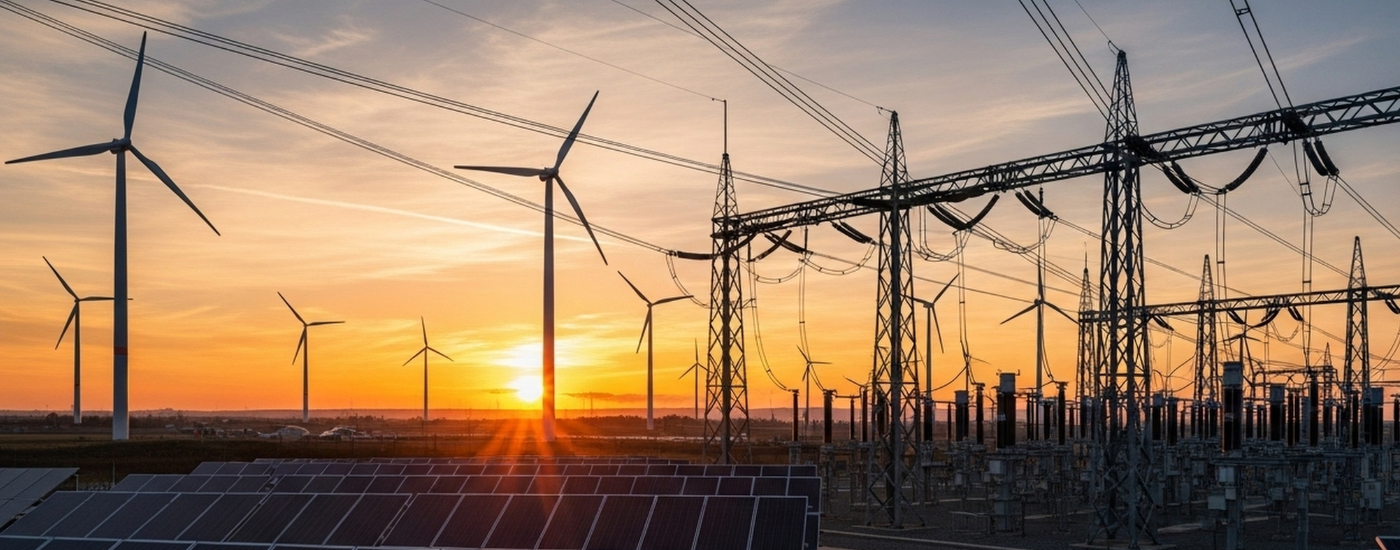The latest lite edition of our monthly Australian energy & environmental market update is now available. Keep reading for energy and carbon pricing movements, policy updates and other news.

This month we cover energy and environmental market price movements, the successful passage of the Safeguard Mechanism reforms, and the uncertain future of the Callide C coal power plant.
Keep reading for an overview of key market developments and a discussion of the impact of these announcements.
The full version of the update, with additional commentary from our industry analysts, is available to paid subscribers.
Contact our team to find out more.



The passing of the Safeguard Mechanism (Crediting) Amendment Bill (2023) brings with it several significant reforms aimed at reducing emissions and promoting accountability.
The bill includes a hard cap on absolute emissions set at current pollution levels of 140 MT per annum, with the cap to decrease over time.
Additionally, a pollution trigger will require the Energy Minister to evaluate the impact of any new or expanded projects on the hard cap and net carbon budget. Scope 1 emissions from the Beetaloo gas project must be net zero, as well as the emissions of all new gas fields for LNG export.
Corporations will be required to publish their baselines, carbon abatement, and use of Safeguard Mechanism Credits (SMCs) and Australian Carbon Credit Units (ACCUs).
Those using more than 30% ACCUs to meet their baseline will need to justify this choice.
A review of the Safeguard Mechanism in 2026/27 will assess the use of offsets, with measures in place to restrict their use if on-site abatement is not occurring at satisfactory levels. The bill also includes significant limitations on government funding for new coal and gas projects, as well as increased monitoring of methane emissions.
Additional commentary is available in the full version of the update. Contact our team to find out more.

The Callide C coal power plant, with a capacity of 810 MW, is facing an uncertain future due to a shareholder dispute that has led to the co-owner, Genuity (formerly Intergen Australia), filing for voluntary administration.
CS Energy, the operator of Callide C and owner of half the plant, has confirmed that the appointment of administrators is a result of disagreements over future funding.
The situation has raised concerns about the plant's long-term viability, although CS Energy has expressed its commitment to restoring operations later this year.
The initial failure of Unit 4 at Callide C caused a significant surge in Spot prices for both QLD and NSW, and a similar increase has been observed following the announcement of Genuity’s voluntary administration; the news has led to an 18% increase in Future electricity prices for QLD and NSW.
Additional commentary is available in the full version of the update. Contact our team to find out more.

The amended Safeguard Mechanism is the one of the most significant pieces of Australian climate legislation in the last decade and the latest example of rapidly evolving government policy.
While large businesses often lead the way, many other organisations are taking voluntary action. The Safeguard Mechanism sets minimum standards and as such, it is important for leaders of businesses of all sizes to stay across these developments as they prepare for the new low carbon economy.
The outages at Callide C power plant and the resulting price volatility in Queensland and New South Wales are another example of the broader challenge facing Australia's transition from fossil-fuel-based energy networks to more renewable energy-focused ones.
While Australia’s coal fleets have scheduled closures, history tells us that the price volatility following their withdrawal from the grid usually settles as the market adjusts. Unit outages from unplanned maintenance or failures can be more problematic as they are unforeseen. They are however likely to be more common as Australia’s coal assets continue to age.
Businesses can best prepare to navigate through the transition by exploring long-term power purchase agreements (PPAs) with renewable energy providers to lock in price security for the future.
The events outlined in this months update highlight the evolving nature of carbon and energy markets and the complexity of the net zero transition.
To discuss your unique requirements, get in touch with our team today for a no obligation discussion on how we can help.

As the NEM Review lands, attention rightly turns to system-level settings. But much of the commercial change shaping renewable and firming supply is already unfolding inside over-the-counter (OTC) energy markets. This article sets out what’s already shifting commercially in a market under review.

As the NEM Review lands, attention rightly turns to system-level settings. But much of the commercial change shaping renewable and firming supply is already unfolding inside over-the-counter (OTC) energy markets. This article sets out what’s already shifting commercially in a market under review.